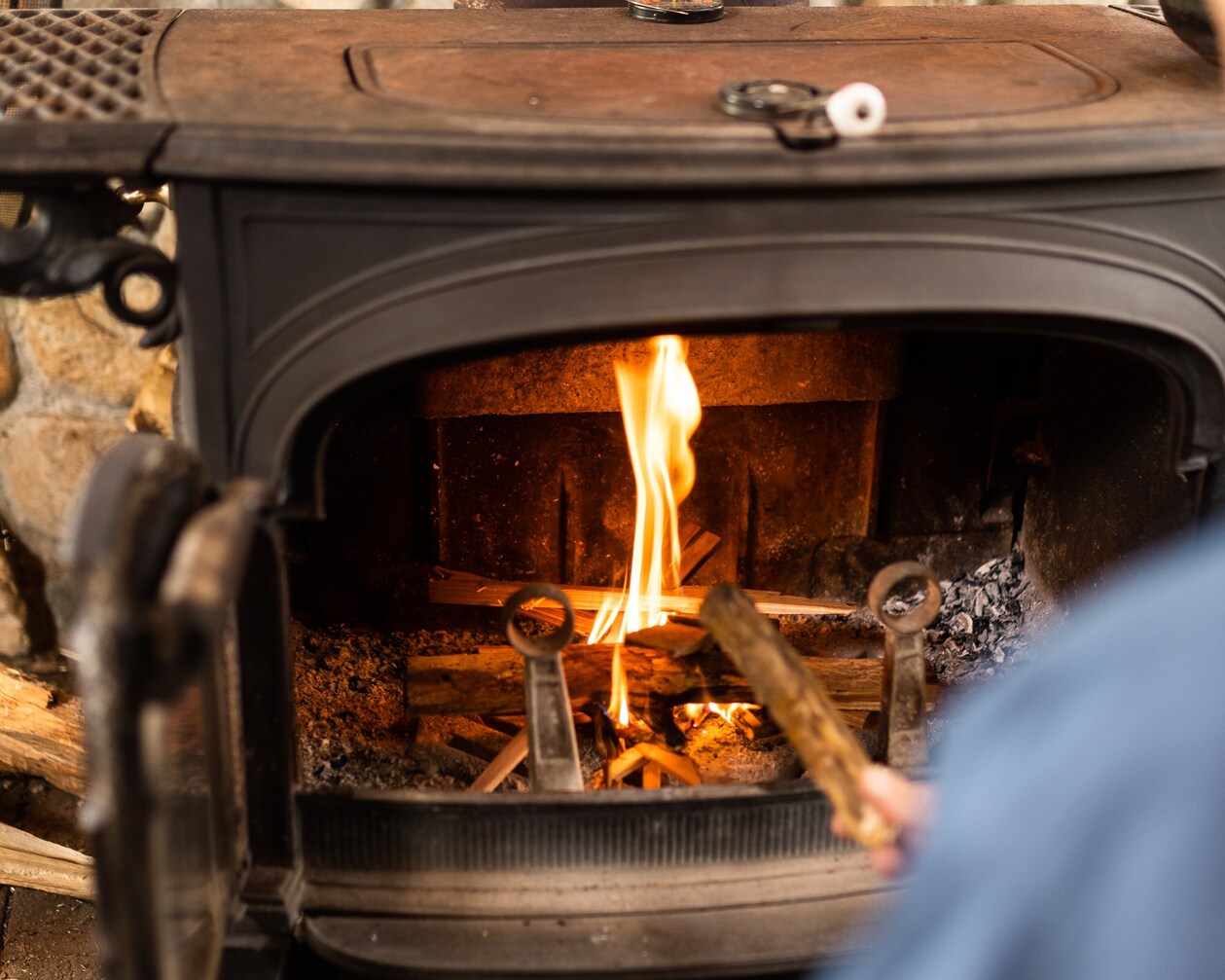

Articles
What Can You Burn In A Fireplace
Modified: September 2, 2024
Discover what you can burn in a fireplace with our helpful articles. Find tips, recommendations, and important safety guidelines for a cozy and enjoyable fire.
(Many of the links in this article redirect to a specific reviewed product. Your purchase of these products through affiliate links helps to generate commission for Storables.com, at no extra cost. Learn more)
Introduction
Welcome to the cozy and inviting world of fireplace burning! There’s nothing quite like the crackling sound of wood, the dancing flames, and the comforting warmth that a fireplace brings to a home. If you’re lucky enough to have a fireplace, you may be wondering what exactly you can burn in it to create the perfect ambiance.
When it comes to fireplace fuels, the most common and traditional option is seasoned firewood. However, there are also alternative fuels that can be used for a unique and eco-friendly fireplace experience. In this article, we’ll explore different types of wood, as well as some creative alternatives that you may not have considered.
Key Takeaways:
- Embrace the diversity of fireplace fuels, from traditional seasoned firewood to alternative options like dried fruit peels and nutshells. Explore unique burning qualities and eco-friendly choices for a cozy and inviting ambiance.
- Discover the art of fireplace fueling, balancing safety and creativity. From paper and cardboard kindling to wood pellets and natural materials like pine cones, create a memorable and comforting fireplace experience while prioritizing safety.
Read more: Can You Burn Candles When Pregnant
Seasoned Firewood
Seasoned firewood is wood that has been properly and thoroughly dried to achieve a low moisture content. This process typically takes around 6-12 months, depending on the type of wood and the climate. The main reason for seasoning firewood is to ensure cleaner and more efficient burning.
When firewood is freshly cut, it contains a high moisture content, usually around 50% or more. Burning this green or unseasoned wood can result in excessive smoke, poor combustion, and the buildup of creosote in the chimney. It can also produce less heat and more pollutants, which can be detrimental to both the environment and your fireplace.
Seasoned firewood, on the other hand, has a moisture content of around 20% or less, making it easier to ignite and burn more efficiently. It produces less smoke, more heat, and reduces the risk of chimney fires or damage. To achieve seasoned firewood, it’s important to store the wood in a dry and well-ventilated area, preferably off the ground to prevent moisture absorption.
When selecting seasoned firewood, it’s essential to choose hardwoods over softwoods. Hardwoods, such as oak, maple, or walnut, are denser and provide longer-lasting and cleaner-burning fuel for your fireplace. They also tend to produce more heat and create a cozy, long-lasting fire.
Avoid using green, unseasoned wood, as well as wood that has been treated, painted, or stained. These materials can release harmful chemicals and emit unpleasant odors when burned. Always ensure that the seasoned firewood is properly dried, well-aged, and free from mold, mildew, or insect infestations for safe and enjoyable fireplace use.
Types of Wood
When it comes to choosing the right wood for your fireplace, it’s important to understand the differences between softwoods and hardwoods. Each type of wood has its own characteristics and burning qualities, which can affect the heat output, burn time, and overall performance of your fireplace.
Softwoods
Softwoods, such as pine, fir, and cedar, are often readily available and can be an economical option for fireplace burning. They tend to ignite quickly and produce a vibrant flame with a pleasant aroma. Softwoods are generally lighter and less dense than hardwoods, which means they burn faster and require more frequent refueling.
While softwoods can provide an enjoyable fireplace experience, they may not generate as much heat as hardwoods due to their lower density. They can also produce more smoke and spark, so it’s important to use a fireplace screen and ensure proper ventilation when burning softwoods.
Hardwoods
Hardwoods, such as oak, maple, birch, and cherry, are known for their density, durability, and longer burn times. They are considered to be superior firewood due to their high heat output and slow-burning qualities. Hardwoods have a higher energy content and can provide a sustained and consistent heat source for hours.
In addition to their extended burn time, hardwoods tend to produce less smoke and spark compared to softwoods. They also create a bed of hot coals, which can help maintain the fire and facilitate easier rekindling.
While hardwoods can be more expensive and harder to find, they offer a more efficient and satisfying fireplace experience. Their long-lasting burn and higher heat output make them ideal for colder climates or for those who wish to maximize the warmth in their homes.
It’s worth noting that not all hardwoods are created equal. Some hardwoods, such as hickory or applewood, are known for their distinct and aromatic flavors when used for smoking or grilling. These woods can add a unique scent and flavor to your fireplace, enhancing the overall ambiance.
Ultimately, the choice between softwoods and hardwoods comes down to personal preference, availability, and desired burning characteristics. Regardless of the type of wood you choose, always prioritize using seasoned firewood to ensure optimal burning performance and safety.
Read more: How To Build Wood Burning Fireplace
Softwoods
Softwoods are a popular choice for fireplace burning due to their accessibility and quick ignition. They are typically lighter and less dense compared to hardwoods, which means they burn faster and require more frequent refueling.
Pine is one of the most common softwoods used for fireplace burning. It is readily available and easily identifiable by its distinctive aroma. Pine creates vibrant flames and provides a cozy ambiance. However, it is important to note that pine tends to produce more smoke and spark compared to hardwoods. To minimize smoke and spark, it is recommended to use well-seasoned pine that has been dried properly.
Fir is another softwood frequently used for fireplace burning. It burns similarly to pine, producing a warm and crackling fire. Like pine, fir releases more smoke and may create some sparks. It is important to ensure proper ventilation and use a fireplace screen to contain any stray embers.
Cedar is a softwood known for its pleasant aroma when burned. It creates a calming and aromatic fire that enhances the overall atmosphere. However, cedar has a higher resin content, which means it can produce more smoke and create some buildup in the chimney. Regular chimney maintenance is essential when burning cedar to avoid any potential fire hazards.
When burning softwoods, it is important to keep in mind their lower density and shorter burn time. Softwoods are ideal for shorter fires or when you need quick heat. They can be a good option for mild weather or when you are looking for a cozy fire during a gathering or social event.
It’s important to note that softwoods may not generate as much heat as hardwoods, making them less efficient in terms of heating larger spaces or maintaining a consistent temperature for an extended period. However, they can still provide an enjoyable fireplace experience with their vibrant flames, pleasant aromas, and the comforting sound of crackling wood.
Before burning softwoods, ensure that they are properly seasoned to minimize smoke and maximize efficiency. Well-seasoned softwoods will have a moisture content of around 20% or less, making them easier to ignite and burn more efficiently.
Overall, softwoods can be a suitable choice for fireplace burning, especially for those looking for quick warmth and a cozy ambiance. Their accessibility, quick ignition, and unique characteristics make them a popular option for many fireplace owners.
Hardwoods
When it comes to fireplace burning, hardwoods are often considered the superior choice due to their density, durability, and longer burn times. They are known for their high heat output and ability to provide a sustained and consistent source of warmth.
Oak is one of the most commonly used hardwoods for fireplace burning. It has a dense composition and is known for its long-burning characteristics. Oak produces a steady and intense heat, making it ideal for heating larger spaces or maintaining a consistent temperature for an extended period.
Maple is another popular hardwood that burns efficiently and provides a high heat output. It produces a beautiful flame with a pleasant aroma. Maple is often sought after for its ability to generate a long-lasting and cozy fire.
Birch is a hardwood known for its bright flames and crackling sound. It burns relatively quickly compared to other hardwoods but provides excellent heat, making it a great choice for colder climates or when you need a quick burst of warmth.
Cherry is a hardwood that not only burns well but also offers a delightful scent when used in a fireplace. It creates a charming and aromatic fire that adds to the overall ambiance of a room. Cherry wood is often sought after for its beautiful flame color and fragrance.
Hardwoods, in general, have a higher energy content than softwoods, which means they provide more heat per volume. They also tend to produce less smoke and sparks compared to softwoods, making them a cleaner and safer option for fireplace burning.
In addition to their heating capabilities, hardwoods create a bed of hot coals that help maintain the fire and facilitate easier rekindling. This can be especially beneficial if you want to keep the fire burning overnight or if you prefer a slower, more enduring fire during a quiet evening.
It is important to note that hardwoods are often heavier and can be more challenging to ignite compared to softwoods. To ensure optimal burning performance, make sure your hardwoods are properly seasoned, with a moisture content of around 20% or less. This will help facilitate easier ignition and cleaner combustion.
While hardwoods tend to be more expensive and harder to find than softwoods, they offer superior burning qualities and an enhanced fireplace experience. Their long-lasting burn, high heat output, and the cozy ambiance they create make them a favorite among many fireplace enthusiasts.
When using hardwoods for fireplace burning, it is essential to practice proper safety measures, such as using a fireplace screen, maintaining chimney cleanliness, and ensuring proper ventilation. Enjoy the warmth and comfort provided by hardwoods while taking the necessary precautions for a safe and enjoyable fireplace experience.
Alternative Fireplace Fuels
While seasoned firewood is the traditional choice for fireplace burning, there are also alternative fuels that can be used to create a unique and eco-friendly fireplace experience. These alternative fuels can provide a different ambiance, produce less smoke, and even utilize waste materials that would otherwise be discarded. Let’s explore some of these options.
Paper and Cardboard
If you have a small fire or need a quick and easy way to get the flames going, paper and cardboard can be used as a supplemental fuel in your fireplace. Shredded newspaper, used paper egg cartons, or even cardboard boxes can be used as kindling to ignite your main fuel source, such as firewood or pellets. However, it’s important to use caution when burning paper and cardboard to avoid excessive smoke or any sparks that may occur.
Read more: How To Use A Wood Burning Fireplace
Pellets
Wood pellets are a popular alternative fuel for fireplaces and wood-burning stoves. These small, compact pellets are made from compressed sawdust, wood chips, or agricultural waste materials. They provide a consistent and efficient burn with minimal smoke and ash production. Wood pellets are also considered a renewable energy source, as they are made from sustainable materials and contribute to reducing waste.
Dried Fruit Peels
If you’re looking for a natural and fragrant alternative fuel, consider using dried fruit peels. Citrus peels, such as orange or lemon, can be dried and used as kindling in your fireplace. They burn quickly and release a pleasant aroma when ignited. This can add a unique scent to your home and enhance the overall atmosphere of your fireplace experience.
Pine Cones and Twigs
Nature provides us with readily available fireplace fuels in the form of pine cones and twigs. Pine cones are a great option for kindling, as they are easily ignitable and burn quickly, providing a burst of flames to ignite your main fuel source. Twigs and small branches can also be used as supplemental fuel, especially if they are dry and well-seasoned.
Chiminea and Fire Pit Fuels
If you have a chiminea or a fire pit, there are additional alternative fuels that can be used for a unique outdoor fireplace experience. Options include dried corn cobs, nutshells (such as walnut or almond), and even bamboo sticks. These materials can create a beautiful, crackling fire and add a touch of novelty to your outdoor gathering or relaxation area.
When considering alternative fireplace fuels, it’s important to exercise caution and consider the specific requirements of your fireplace or stove. Always follow the manufacturer’s guidelines and recommendations to ensure the safe and efficient use of these alternative fuels.
Experimenting with alternative fireplace fuels can provide a fun and creative twist to your fireplace burning routine. Whether you’re using dried fruit peels for a delightful fragrance or exploring the eco-friendly options of wood pellets, these alternatives can offer a unique and enjoyable fireplace experience.
Read more: What Can I Burn In A Fire Pit
Paper and Cardboard
In addition to traditional firewood, paper and cardboard can be used as alternative fuels in your fireplace. While they should not replace firewood entirely, they can serve as supplemental fuels to help start and maintain a fire or provide a quick burst of flames.
Shredded newspaper, used paper egg cartons, and cardboard boxes are all examples of materials that can be used as kindling. They are easily accessible and can be a cost-effective option for getting your fire started quickly.
Paper, such as newspaper or junk mail, can be crumpled into balls and placed underneath your main fuel source. As the paper burns, it will create a flame that can ignite the rest of the firewood. Be sure to add more firewood as the paper burns down to sustain the fire.
Cardboard boxes, once flat and broken down, can be torn into smaller pieces or rolled into tight cylinders. These cardboard pieces can be placed in the fire to provide additional fuel and help build the fire’s intensity.
When using paper and cardboard as fireplace fuel, it’s important to exercise caution. While they can help ignite a fire, they burn quickly and may produce more smoke than firewood. It’s crucial to ensure proper ventilation and maintain a well-maintained chimney to prevent any potential fire hazards.
It’s worth noting that glossy or coated paper, such as magazines or catalogs, should be avoided. These materials can emit harmful chemicals when burned, and the coatings can produce excessive smoke and residue.
Using paper and cardboard as supplemental fuels can be a convenient option, especially in situations where firewood may not be readily available. However, it’s important to keep in mind that they should not be the primary source of fuel for your fire. Firewood, preferably seasoned, should always be the main fuel to provide a longer-lasting and more efficient burn.
By using paper and cardboard as kindling, you can start your fire more quickly and efficiently, ensuring a warm and inviting ambiance in your home. Just remember to use them responsibly and in conjunction with proper fireplace safety practices.
Pellets
Wood pellets have become a popular alternative fuel for fireplaces and wood-burning stoves. These small, cylindrical pellets are made from compressed sawdust, wood chips, or agricultural waste materials such as corn husks or coconut shells. They offer numerous benefits and can provide a clean and efficient burn.
One of the main advantages of wood pellets is their consistent size and shape, which allows for easy storage and handling. They can be neatly stored in bags or containers, making them convenient to use whenever you want to enjoy a warm fire.
Wood pellets also have a low moisture content, typically below 10%, which makes them highly efficient and easy to burn. This low moisture content leads to a cleaner and more complete combustion, producing less smoke and ash compared to traditional firewood. As a result, they are considered to be a cleaner and more environmentally friendly alternative fuel.
When burning wood pellets, it’s important to use a pellet stove or a fireplace insert specifically designed for pellet fuel. These devices feature an auger or a specially designed hopper that automatically feeds the pellets into the fire. This automation ensures a steady and controlled burn, allowing you to enjoy consistent heat with minimal effort.
Wood pellets provide a high heat output, making them an efficient option for heating your home. They can produce intense and sustained flames, making them particularly suitable for colder climates or for those who require a reliable and long-lasting source of heat.
In terms of sustainability, wood pellets are considered a renewable energy source. They are made from wood waste materials that would otherwise go to waste or be discarded. By using wood pellets, you contribute to reducing waste and utilizing resources in an eco-friendly manner. Additionally, planting new trees to replace the harvested ones ensures the long-term sustainability of this fuel source.
It’s important to note that when using wood pellets, it’s necessary to follow the manufacturer’s guidelines and recommendations. Each pellet stove or fireplace insert may have specific requirements regarding pellet size, storage, and maintenance.
While wood pellets can be a convenient and efficient fuel option, it’s worth mentioning that they may not provide the same ambiance as burning traditional firewood. Wood pellets burn with a consistent and controlled flame, lacking the crackling and popping sounds that many associate with a traditional wood-burning fireplace. However, the warmth and convenience offered by wood pellets make them an attractive choice for many.
Overall, wood pellets offer a clean, efficient, and environmentally friendly alternative for fireplace burning. They provide consistent heat, produce minimal smoke and ash, and contribute to reducing waste. Consider using wood pellets in a pellet stove or fireplace insert designed for this type of fuel, and enjoy the warmth and comfort they can bring to your home.
Dried Fruit Peels
Looking to add a unique scent and aroma to your fireplace? Consider using dried fruit peels as an alternative fuel option. Not only can dried fruit peels be used as kindling to ignite your fire, but they can also infuse your home with a delightful fragrance while creating a cozy ambiance.
Citrus peels, such as orange, lemon, or grapefruit, are commonly used for this purpose. These peels can be easily obtained by saving the discarded peels from your daily fruit consumption. Simply collect the peels, rinse them to remove any residue, and allow them to dry completely. Once dried, they can then be used as fragrant kindling for your fireplace.
When it comes to burning dried fruit peels, they ignite quickly and produce a bright and aromatic flame. As they burn, they release a pleasant scent that fills the room and enhances the overall atmosphere. The citrusy fragrance creates a refreshing and uplifting ambiance, perfect for creating a cozy and inviting space.
In addition to their aromatic qualities, dried fruit peels burn relatively fast, making them ideal for starting a fire or adding a burst of flames to an existing fire. They can be combined with other fuel sources, such as firewood or kindling, to create an enjoyable and fragrant fire experience.
It’s essential to exercise caution when using dried fruit peels as fireplace fuel. They are lightweight and may burn quickly, so it’s important to have additional fuel sources, such as firewood, to sustain the fire. Remember to always follow proper fireplace safety guidelines and ensure proper ventilation to prevent excessive smoke or any potential fire hazards.
If you’re not a fan of citrus scents, you can also experiment with other dried fruit peels, such as apple, pear, or even banana peels. Each type of fruit peel will contribute a unique aroma, adding a personal touch to your fireplace experience.
In addition to their use as fireplace fuel, dried fruit peels can also be used to create potpourri or DIY sachets. Simply place the dried peels in a bowl or cloth bag and display them in your home. As they naturally release their fragrance, they can freshen up your living space with their delightful aroma.
Using dried fruit peels as an alternative fireplace fuel not only adds a touch of creativity but also offers a natural and fragrant option for enhancing your fireplace experience. Enjoy the cozy warmth and inviting fragrance that dried fruit peels provide, and create a memorable and pleasant ambiance in your home.
Pine Cones and Twigs
Nature provides us with readily available fireplace fuels in the form of pine cones and twigs. These natural materials can be used as alternative fuels to create a beautiful and rustic fire in your fireplace.
Pine cones are particularly suitable for use as kindling to ignite your main fuel source, such as firewood or pellets. They are easily found in forests or can be purchased in craft stores or online. Pine cones are equipped with natural resins that make them highly flammable. When ignited, they produce a vibrant flame that quickly catches onto the larger fuel. Their crackling sound and unique appearance add a charming touch to the overall fireplace experience.
To use pine cones as kindling, gather a handful of them and place them on top of your fire grate or directly on the bed of your fireplace. They should be positioned in a way that allows airflow and easy access for ignition. You can combine them with other forms of kindling, such as small twigs or dry leaves, to enhance the fire-starting process.
Twigs and small branches are another natural fuel source that can be used as supplemental fuel for your fireplace. They can be easily collected from your garden or surrounding areas. Dry twigs and branches are best, as they will burn more efficiently. Before using them, make sure to remove any leaves or other debris that may hinder the ignition process.
Twigs can be added as a secondary fuel to sustain your fire or provide additional heat. They burn quickly and produce intense flames, making them perfect for giving your fire a boost or creating a cozy ambiance. However, it’s important not to overload your fireplace with twigs as they burn relatively fast. Finding the right balance between twigs, firewood, or other fuel sources will help you maintain a consistent and enjoyable fire.
It’s worth noting that pine cones and twigs should be sourced responsibly and collected in areas where it is permitted. Also, avoid using pine cones or twigs that have been treated with chemicals or have visible signs of decay or insect infestation.
When using pine cones and twigs as fireplace fuel, it’s always important to exercise proper safety precautions. Ensure proper ventilation and use a fireplace screen to prevent sparks from flying out. Additionally, regular chimney maintenance is necessary to prevent any potential blockages or hazards caused by the natural debris from pine cones and twigs.
Adding pine cones and twigs to your fireplace can bring a touch of nature into your home and create a cozy and inviting atmosphere. Embrace the beauty and simplicity of these natural materials, and enjoy the crackling flames and rustic charm they provide.
Chiminea and Fire Pit Fuels
When it comes to outdoor fireplaces like chimineas or fire pits, there are various alternative fuels that can enhance your outdoor fire experience. These fuels offer unique burning qualities and can create a cozy and inviting atmosphere for gatherings or relaxation.
Dried Corn Cobs
Dried corn cobs are a popular fuel option for outdoor fireplaces. They burn slowly and steadily, producing a warm and crackling fire. Corn cobs are easily accessible and can often be obtained from local farms or agricultural suppliers. These cobs can add a touch of rustic charm to your fire, creating a delightful ambiance for outdoor events.
Nutshells
Another alternative fuel for chimineas and fire pits is nutshells, particularly those from walnuts or almonds. These shells burn relatively quickly and produce a unique crackling sound that adds to the overall fire experience. Nutshells can be collected and saved over time, creating a sustainable and eco-friendly fuel option for your outdoor fireplace.
Bamboo Sticks
If you’re looking for a renewable and readily available fuel source, consider using bamboo sticks in your fire pit or chiminea. Bamboo burns easily and produces a bright flame. Its hollow structure enables efficient airflow, resulting in a more vibrant and visually appealing fire. Bamboo sticks can also provide a natural and tropical aesthetic to your outdoor fire setup.
Wood Pellets
Wood pellets, which are commonly used in pellet stoves, can also be a versatile fuel option for outdoor fireplaces. These small pellets provide a consistent and controlled burn, ensuring a steady source of heat for your outdoor gatherings. They are easy to handle and can be easily fed into the fire as needed. Wood pellets can offer a longer burn time, making them suitable for extended outdoor fire sessions.
When using alternative fuels in chimineas or fire pits, it’s important to consider the specific requirements and guidelines for your particular fireplace model. Some chimineas or fire pits may have restrictions or recommendations regarding the type and size of fuel to use. Always follow the manufacturer’s instructions and ensure proper ventilation to maintain a safe and enjoyable fire.
Remember to exercise caution when using alternative fireplace fuels outdoors. Use a fireplace screen or mesh to contain sparks, and keep a safe distance from flammable materials. It’s also important to check the local regulations and guidelines regarding outdoor fires in your area.
Exploring alternative fuels in your chiminea or fire pit can add a touch of creativity and excitement to your outdoor fire experience. Be adventurous and experiment with different fuels to find the ones that create the ambiance and aesthetic you desire. Enjoy the warmth, the crackling sounds, and the mesmerizing flames as you gather around your outdoor fireplace with family and friends.
Conclusion
When it comes to fueling your fireplace, there are various options available beyond the traditional seasoned firewood. Exploring these alternative fuels can not only add variety and creativity to your fireplace experience but also offer eco-friendly and unique burning qualities.
Seasoned firewood remains a reliable and popular choice for its long-lasting burn and comforting heat. Hardwoods such as oak, maple, birch, and cherry provide excellent fuel options with their high heat output and slow-burning properties. Softwoods like pine and fir are readily available and can create vibrant flames, though they burn faster and require more frequent refueling.
If you’re looking for alternative fuels, consider using paper and cardboard as supplemental kindling or wood pellets for a clean and efficient burn. Dried fruit peels, such as orange or lemon, can infuse your fireplace with a pleasant aroma, while pine cones and twigs from nature can add a rustic charm to your fire. For outdoor fireplaces like chimineas and fire pits, options like dried corn cobs, nutshells, bamboo sticks, and wood pellets can create unique and impressive fires.
When using alternative fuels, it’s important to prioritize safety and follow the manufacturer’s guidelines. Proper ventilation and chimney maintenance are crucial to prevent any potential hazards. Additionally, always ensure that any fuel sources you use are dry and well-seasoned to promote efficient burning and minimize smoke and ash production.
Whether you opt for traditional firewood or explore alternative options, the goal is to create a comforting and enjoyable fireplace experience. The crackling flames, the warmth, and the inviting ambiance all contribute to a cozy atmosphere that brings people together.
So, next time you gather around your fireplace, consider trying out different fuels to add a touch of creativity. Embrace the diversity of options available and find the fuel that best suits your preferences and needs. Enjoy the soothing glow and comforting heat as you create lasting memories around the hearth.
Frequently Asked Questions about What Can You Burn In A Fireplace
Was this page helpful?
At Storables.com, we guarantee accurate and reliable information. Our content, validated by Expert Board Contributors, is crafted following stringent Editorial Policies. We're committed to providing you with well-researched, expert-backed insights for all your informational needs.
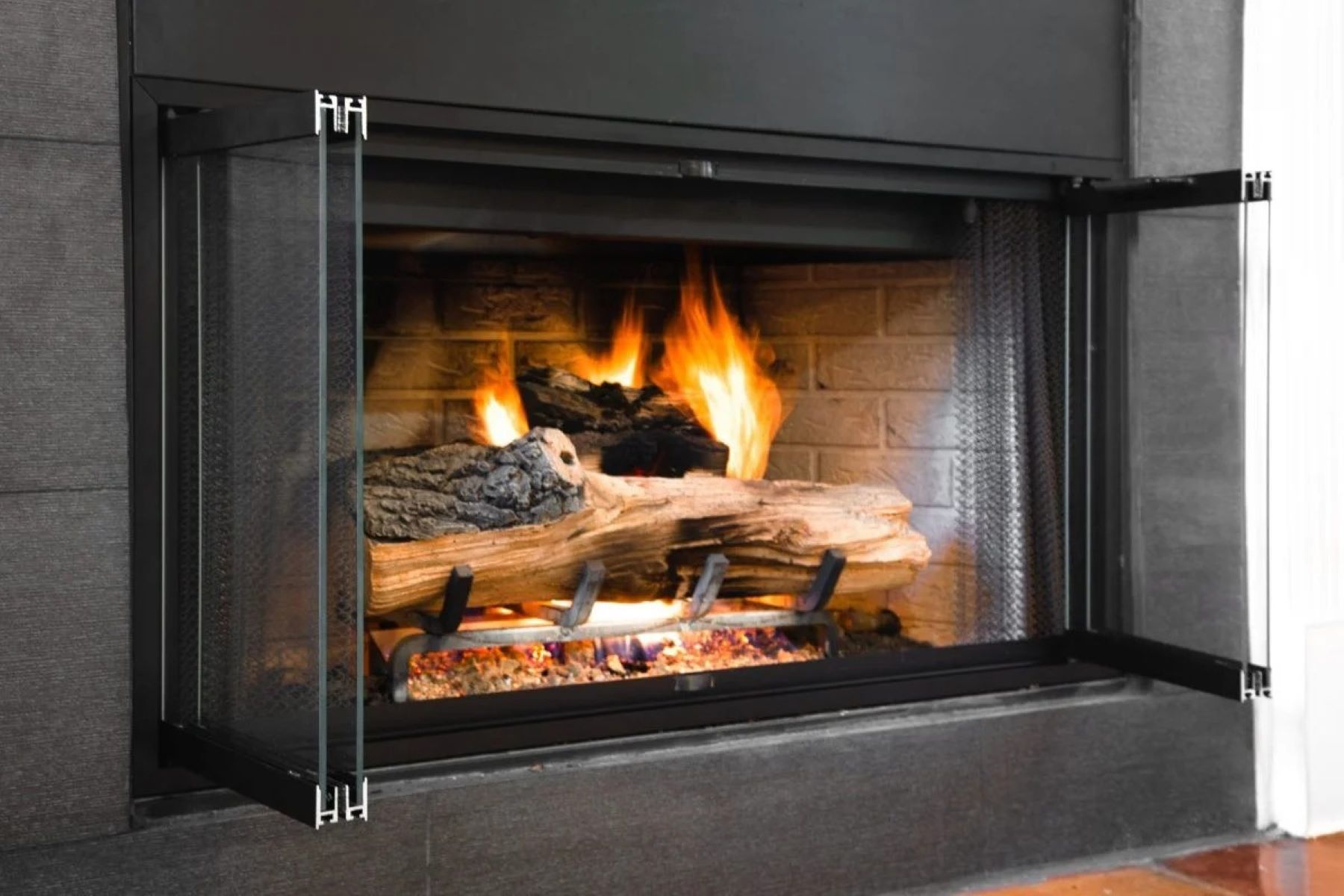
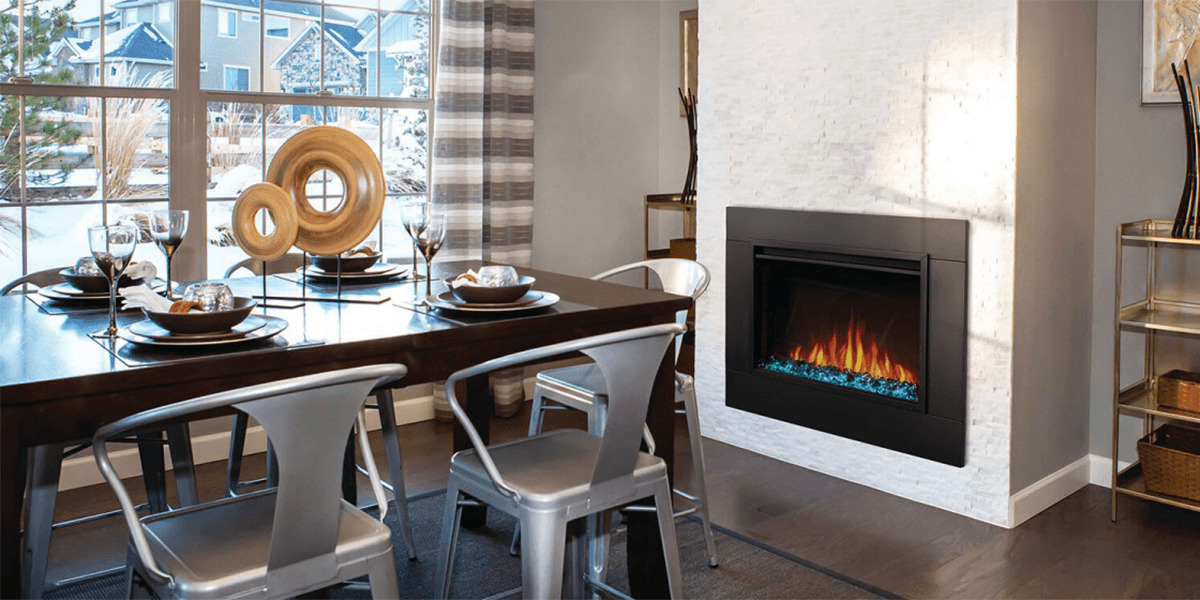
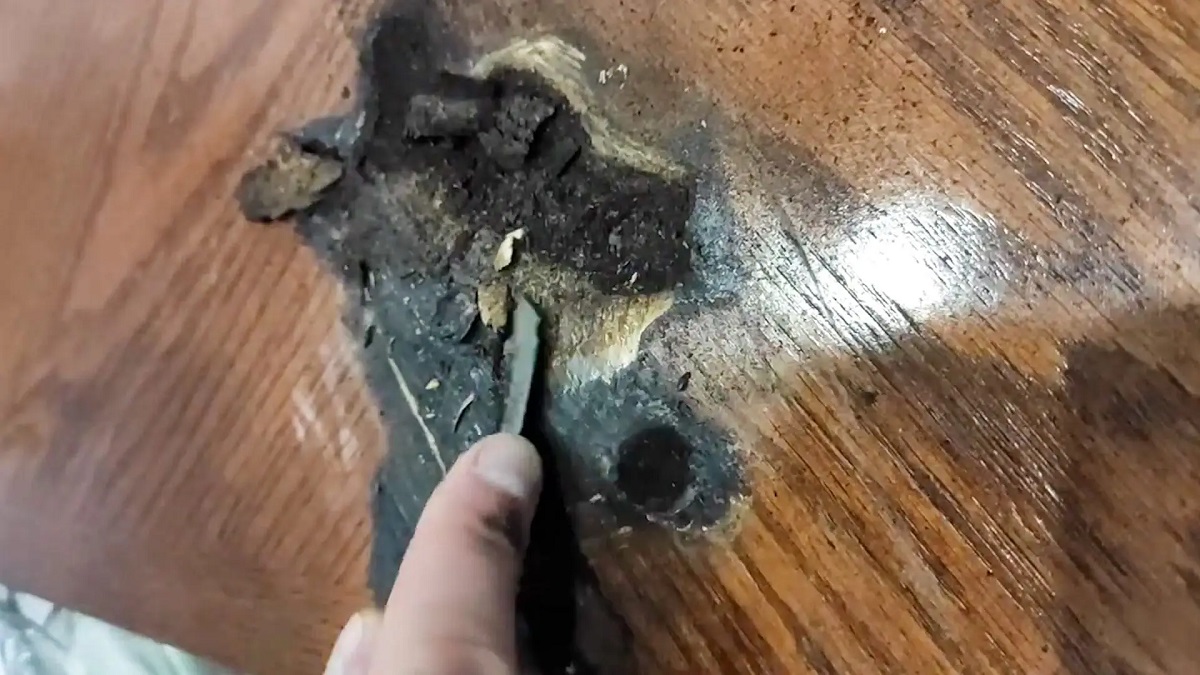
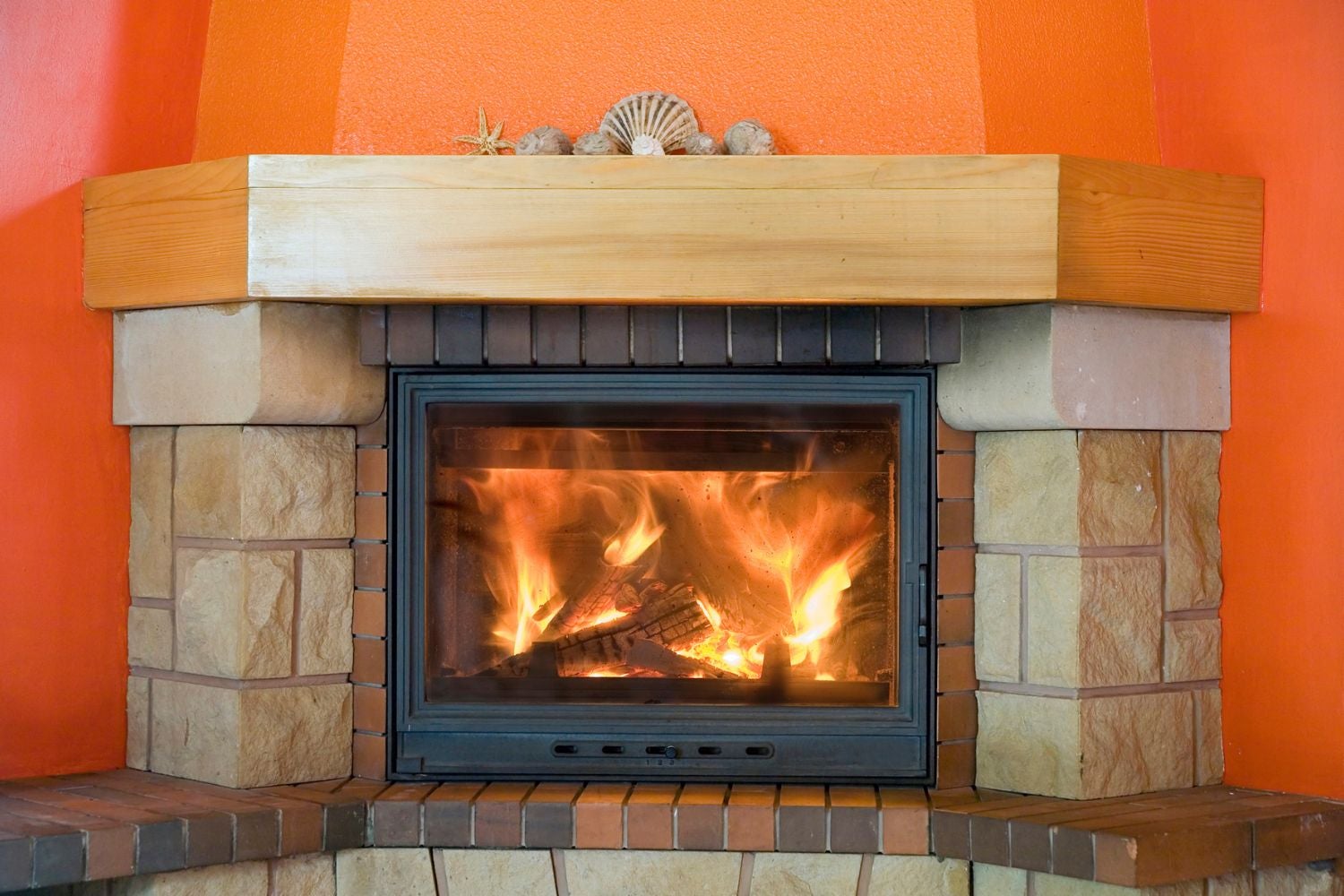
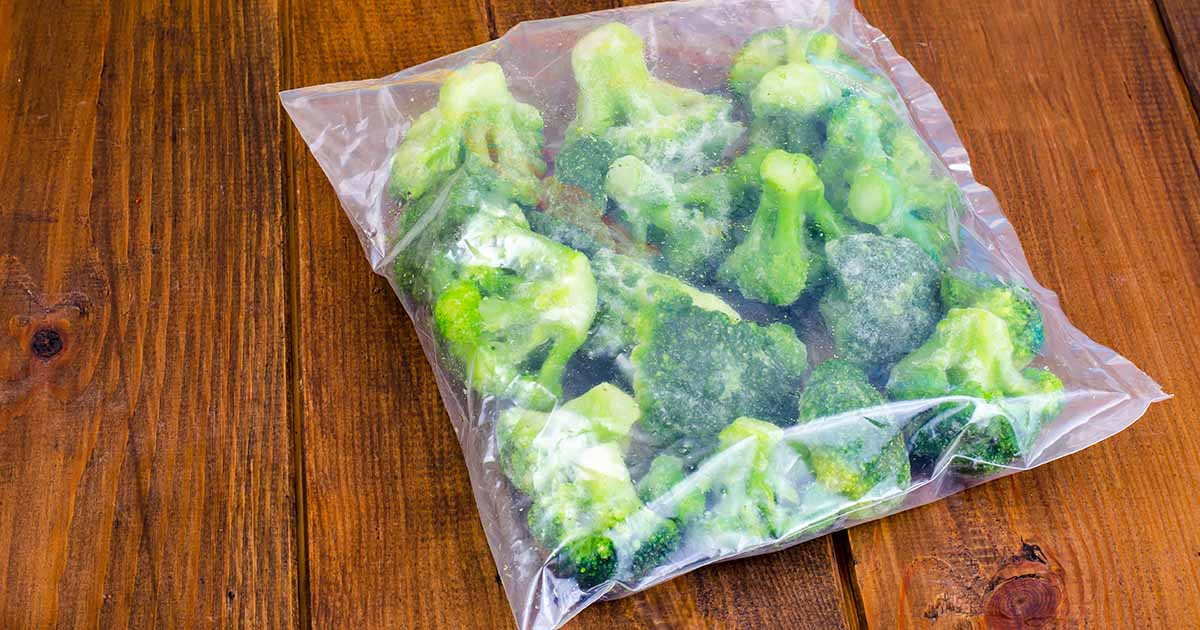
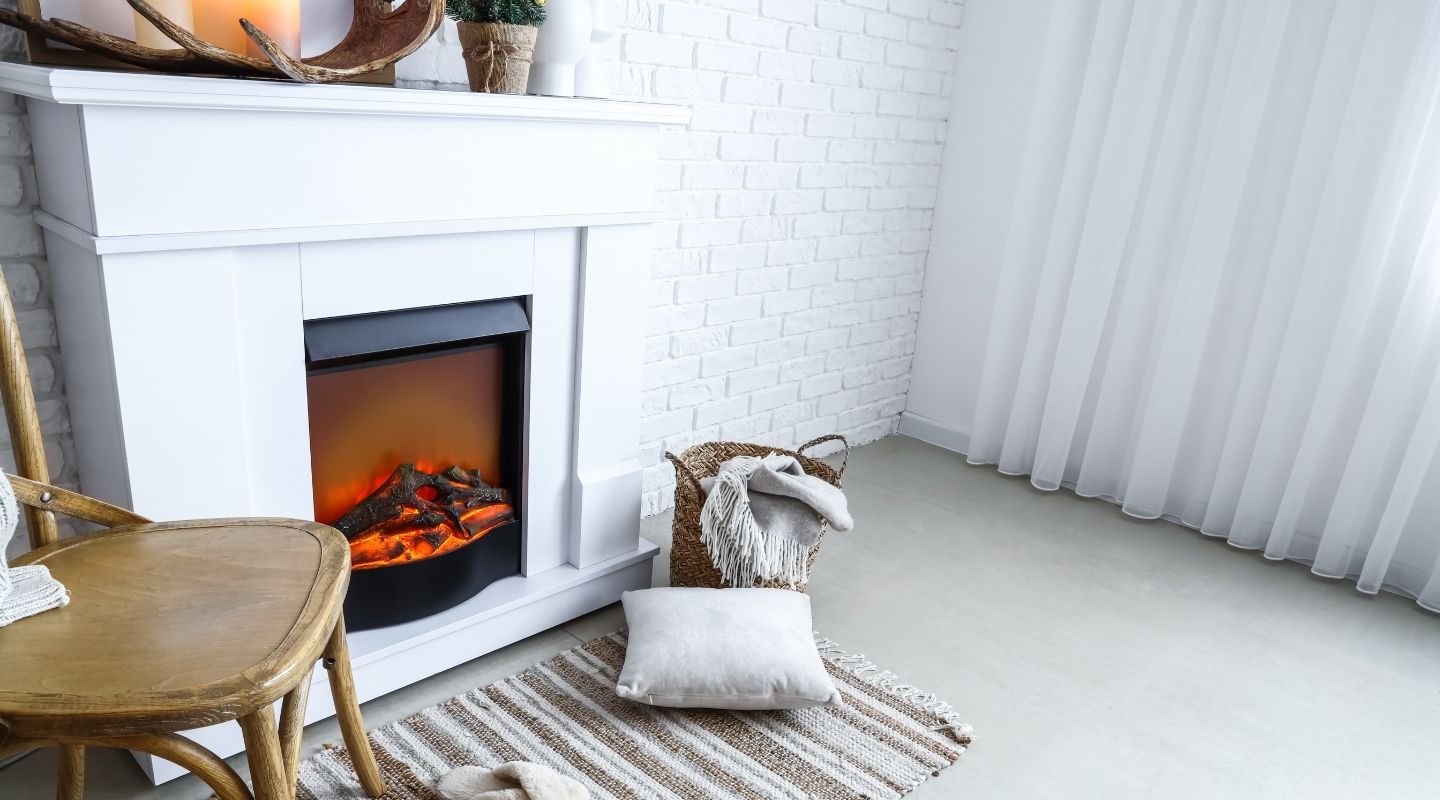


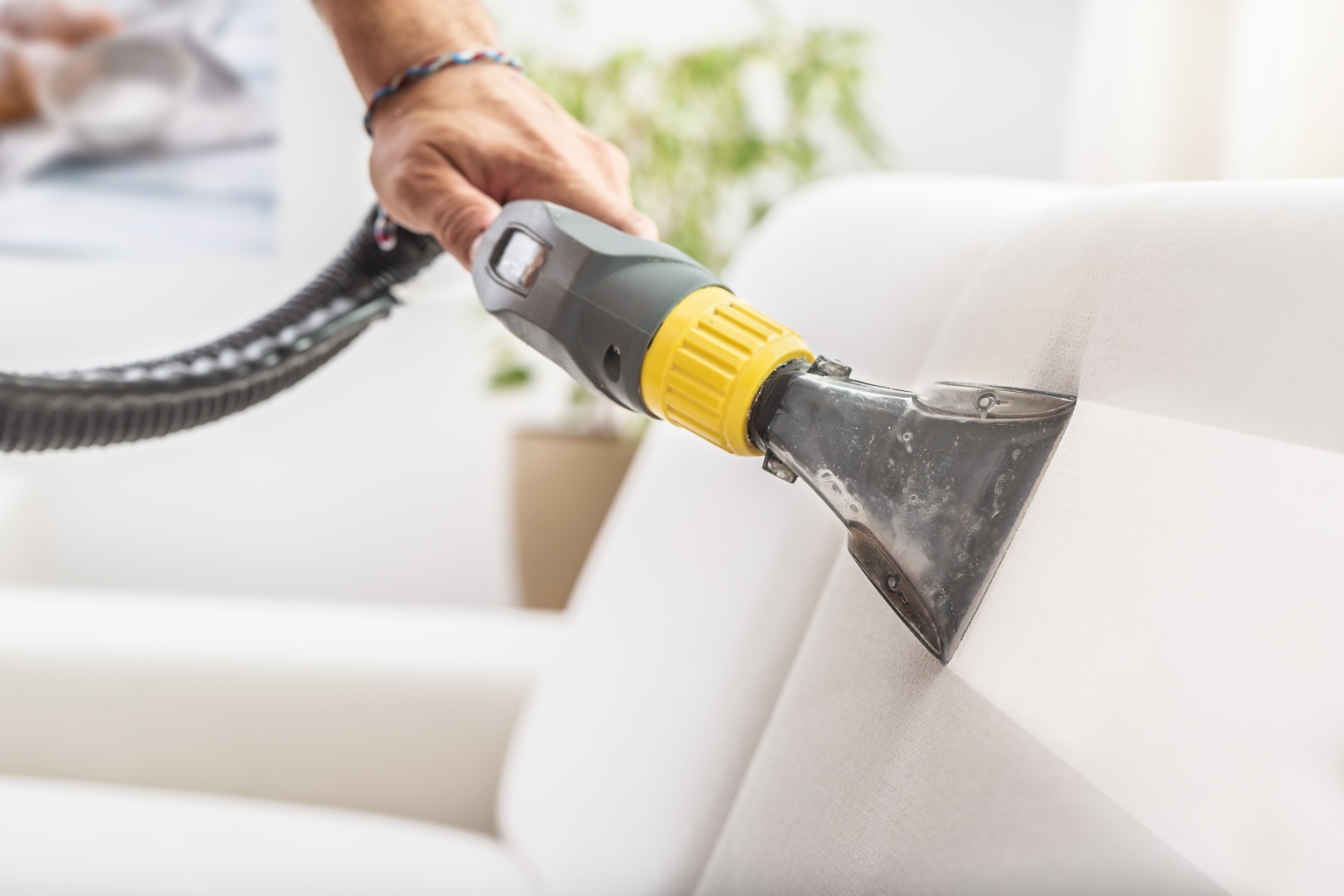


0 thoughts on “What Can You Burn In A Fireplace”